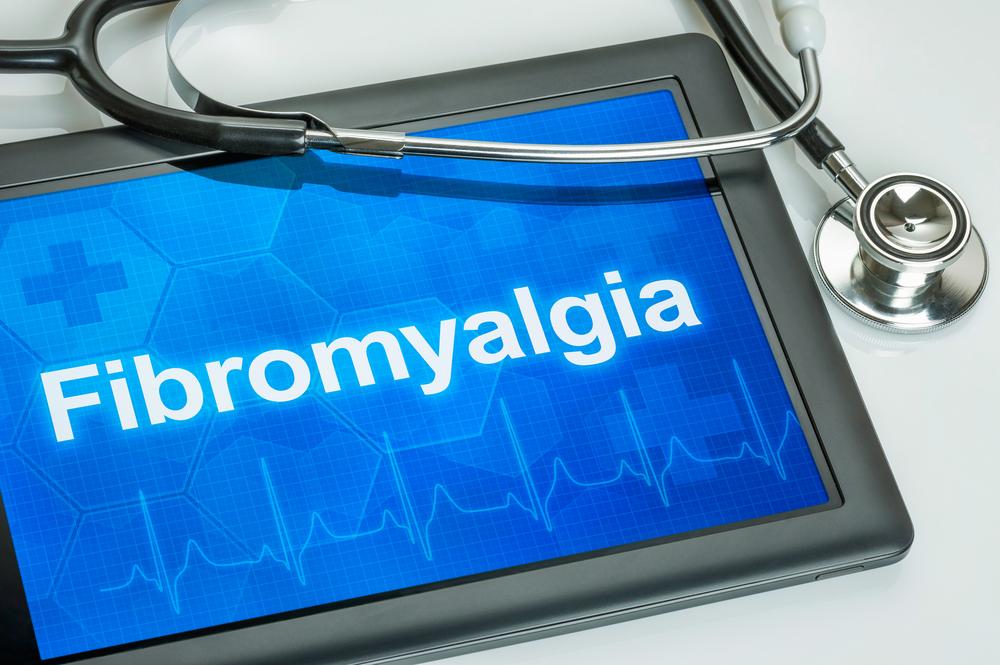Effective Non-Conventional Strategies for Managing Fibromyalgia Symptoms
Explore comprehensive non-conventional strategies for managing fibromyalgia symptoms, including acupuncture, supplements, Tai Chi, and massage therapy. Learn how these therapies can be integrated into standard care to improve pain, sleep, and overall well-being, offering relief to millions living with this complex condition.

Effective Non-Conventional Strategies for Managing Fibromyalgia Symptoms
Fibromyalgia is a complex, often misunderstood condition that affects millions of people worldwide, presenting significant challenges for those seeking relief. Unlike more common ailments with clear diagnostic criteria and standard treatments, fibromyalgia’s symptoms are often diffuse, overlapping with other health issues, which complicates diagnosis and management. The primary symptoms include widespread musculoskeletal pain, persistent fatigue, sleep disturbances, and cognitive issues often described as "fibro fog." Since a definitive cure has yet to be identified, individuals affected by fibromyalgia must explore a multifaceted approach to symptom management, which often involves combining conventional medical treatments with alternative and complementary therapies.
Recognizing fibromyalgia early can be difficult due to its overlapping symptoms with conditions such as rheumatoid arthritis, hypothyroidism, and clinical depression. Medical professionals usually rely on a thorough patient history, physical examinations, and the exclusion of other conditions to arrive at a diagnosis. Once diagnosed, the goal shifts from curing to managing symptoms effectively to improve quality of life. This is where non-conventional approaches can play a vital role. While these therapies may not eliminate symptoms completely, many patients find significant relief and improved daily functioning by integrating alternative methods into their treatment plans.
Why Consider Non-Conventional Approaches?
Traditional pharmaceutical treatments for fibromyalgia typically include pain relievers, antidepressants, andanti-seizure medications. Despite their benefits, these medications often come with side effects and may not fully address the broader spectrum of symptoms such as sleep disruption and emotional distress. Consequently, many patients and healthcare providers turn to complementary therapies that can target multiple aspects of fibromyalgia, often with fewer side effects and additional health benefits. These approaches aim to modulate pain perception, improve mood and sleep, reduce muscle tension, and promote overall well-being.
Popular Non-Conventional Therapies for Fibromyalgia
Below, we delve into some of the most widely recognized non-conventional therapies that have shown promise in managing fibromyalgia symptoms:
Acupuncture: An age-old Chinese healing technique, acupuncture involves inserting fine needles into specific points on the body. It’s believed to stimulate the nervous system, enhance blood flow, and promote the release of natural pain relievers such as endorphins. Many fibromyalgia patients report reductions in pain intensity and improvements in sleep quality following regular acupuncture sessions. Scientific studies support its efficacy, though individual responses vary. Additionally, acupuncture can help reduce muscle stiffness and fatigue, making daily activities more manageable.
Dietary Supplements like 5-HTP: 5-Hydroxytryptophan (5-HTP) is a naturally occurring amino acid precursor to serotonin, a neurotransmitter crucial for regulating mood, sleep, and pain perception. Supplementing with 5-HTP has been associated with reduced pain severity, improved sleep patterns, and decreased morning stiffness in fibromyalgia patients. It also alleviates symptoms of anxiety and depression, which frequently co-occur with fibromyalgia. While generally safe, it’s essential to consult with a healthcare provider before starting supplement regimens to avoid potential interactions or side effects.
S-AMe (S-Adenosylmethionine): A naturally occurring compound involved in methylation processes, SAMe has been used to treat depression and osteoarthritis. In fibromyalgia, SAMe therapy may elevate mood, reduce pain, and improve overall emotional well-being. Studies suggest that SAMe can be an effective adjunct, especially for patients experiencing depression alongside fibromyalgia symptoms. Dosage should be customized and monitored to optimize benefits and minimize adverse effects.
Mind-Body Practices such as Tai Chi: This ancient Chinese martial art combines slow, deliberate movements with focused breathing and mental concentration. Regular practice of Tai Chi has been linked to improvements in balance, muscle strength, and flexibility. Importantly, it promotes relaxation, reduces stress levels, and enhances sleep quality—all crucial elements for managing fibromyalgia symptoms. Patients often find that the gentle nature of Tai Chi makes it an accessible and enjoyable activity that fosters a sense of control and resilience.
Massage Therapy: Bodywork techniques, including deep tissue massage, myofascial release, and gentle Swedish massage, can significantly ease muscle tension, reduce soft tissue pain, and improve circulation. Many fibromyalgia patients experience lasting relief from regular massage sessions, which help decrease muscle hypersensitivity, improve mobility, and promote relaxation. It’s advisable to work with trained therapists familiar with fibromyalgia to ensure targeted treatment that addresses specific pain points.
Integrating these non-conventional treatments with conventional medical care offers a more holistic approach to managing fibromyalgia. Patients are encouraged to work closely with their healthcare providers to develop personalized treatment plans that combine medication, lifestyle adjustments, and alternative therapies for optimal symptom control and enhanced quality of life.





